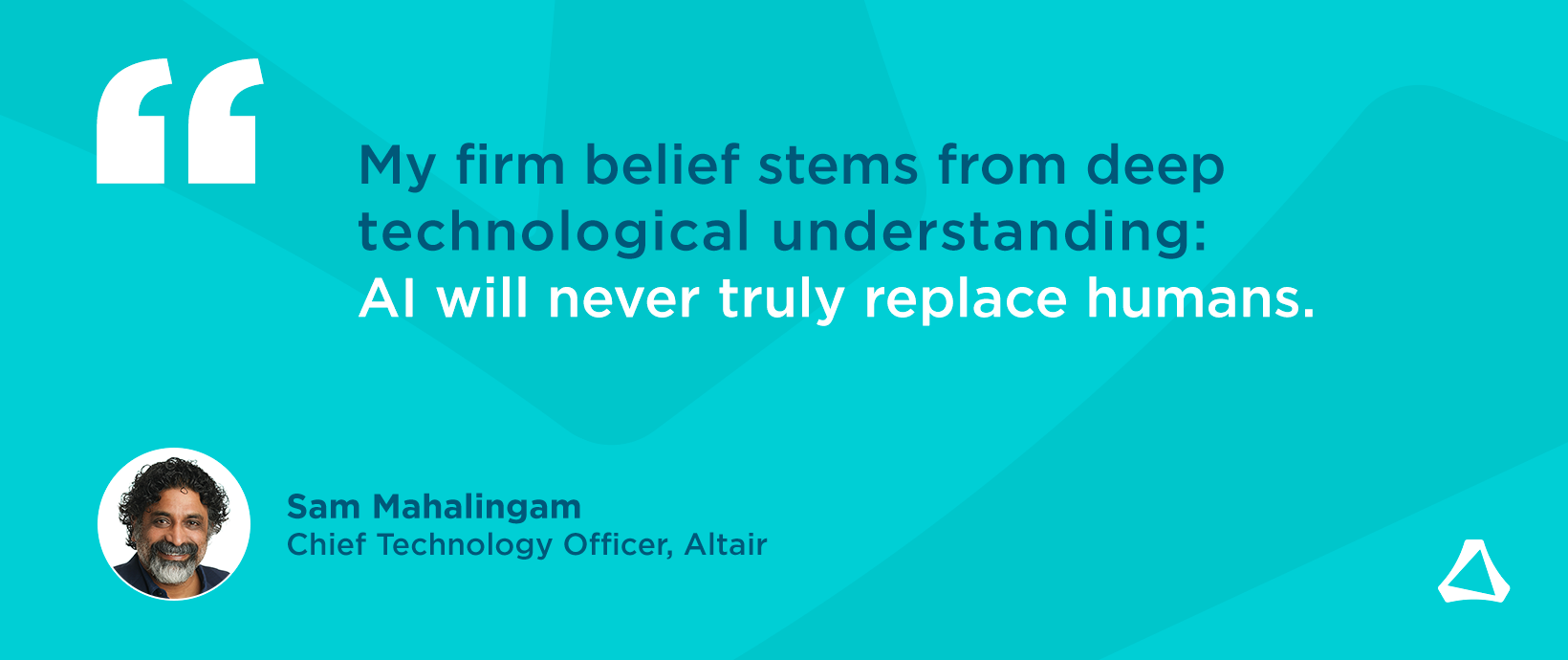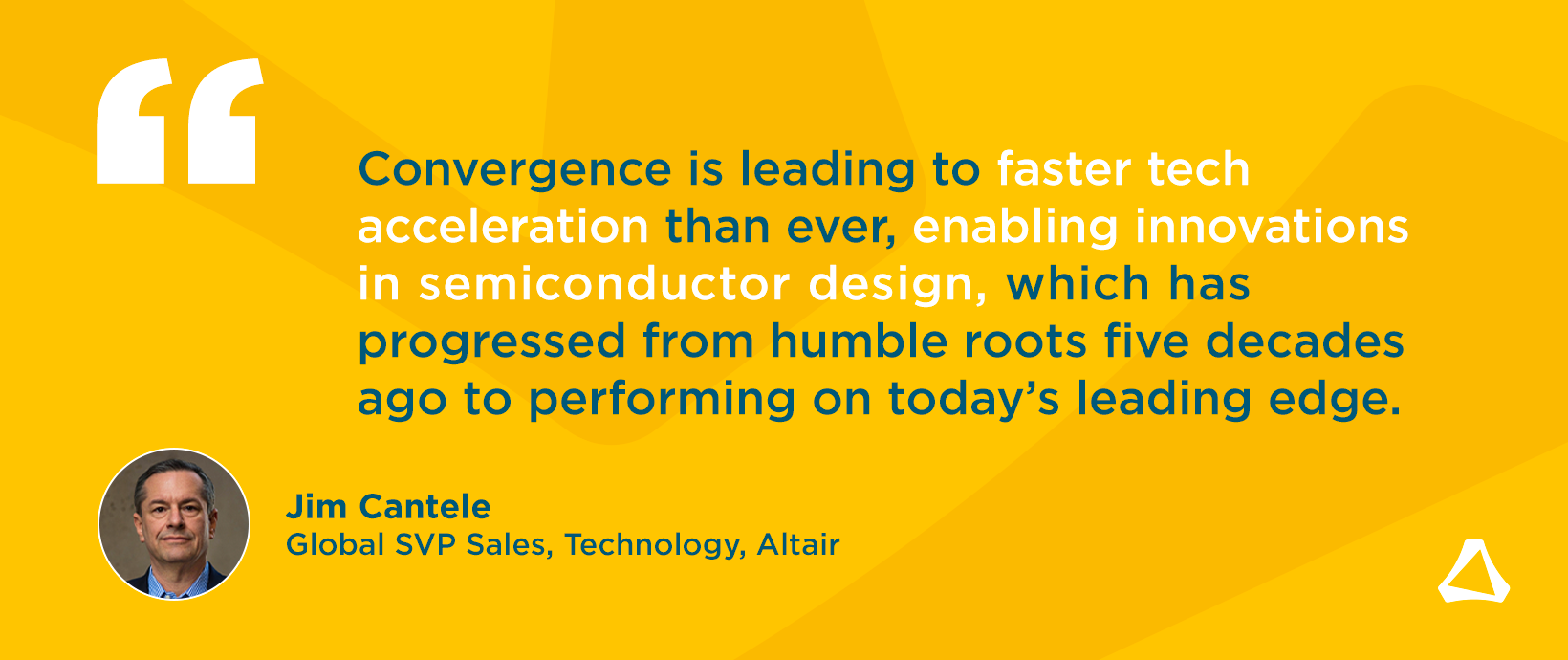The Rise of Digital: A Game-Changer for Electric Vehicle Development

The advent of electric vehicles (EVs) has disrupted the automotive industry, with new players rising and thriving across the globe. Traditional automotive original equipment manufacturers (OEMs) have had to move fast to maintain their market share. Speed of development has never been as critical to vehicle manufacturers as it is today, with new products going from concept to the road in as little as 24 months. In response, I have seen a rise in the importance and role of digital software solutions – namely simulation, artificial intelligence (AI), and digital twin technologies – as OEMs recognise these technologies’ ability to rapidly inform decision-making earlier in the development process.
EVs Remain the Future of Personal Transportation
Despite many recent reports suggesting a global slowdown in EV demand, the overall transition from internal combustion engines (ICE) to battery electric vehicles (BEV) remains resolute. Although the initial clamor for EVs from early adopters may have slowed in some regions, the push for zero-emission vehicles is steadfast, with some countries even enshrining their use in law by 2035. This is a path the automotive market is unlikely to diverge from. The EV adoption curve may have elongated, but with the huge investment that OEMs have placed into EV development, the industry is committed to the BEV for the foreseeable future, leading many to look for ways to continue to offer a differentiated product in an increasingly crowded and competitive environment.
Innovations in Battery Pack Design
The battery pack in particular has become a key battleground for vehicle manufacturers, as it is critical in the performance and differentiation of new EVs. Despite BEVs being available for the mass market for nearly a decade, there remains significant scope for innovation in battery pack design driven by variables in cell selection, chemistry, and packaging.
Different cell formats such as cylindrical, prismatic, pouch etc, each offer advantages and disadvantages for vehicle developers. Different cell types and shape factors provide opportunities for different packaging and cooling strategies etc. Similarly, advantages and improvements in cell chemistries such as lithium-ion and lithium iron phosphate, or even solid state in the future, will provide a new variable for product innovation. The ongoing challenge with all of these technologies lies in the packaging of these cells and operation of the battery management system (BMS) to maximise efficiency and performance, with OEMs requiring highly optimized use of space and materials to deliver lighter, more cost-effective vehicles.
The Rise of Simulation and AI
Engineering simulation has long been a staple in efficient automotive design, using intelligent technologies to accurately predict physics from crash and noise, vibration, and harshness (NVH) to aerodynamics and electromagnetics. Its role has only grown more significant with the advent of EVs and the necessity for rapid development. The complexity of an EV, particularly the battery system, requires rigorous testing which the traditional build and test approach cannot accommodate due to time and cost constraints. With the pace and competitiveness of the modern automotive industry, OEMs cannot wait for multiple prototypes. With simulation technologies now capable of multiphysics evaluation encapsulating comprehensive evaluation of thermal, mechanical, and electrochemical behaviors within a single virtual simulation model, design teams can gain a deep understanding of battery pack performance ahead of physical testing.
However, the need for rapid product development also creates a challenge for simulation teams. The increased complexity of the simulation problem means that design guidance can take longer to obtain, even with the significant compute power available to the world’s automotive powerhouses. This is where AI will make its impact.
By training machine learning algorithms on past simulation data, AI can significantly reduce computational times without sacrificing predictive accuracy, allowing users to expedite the design process by rapidly identifying optimal configurations and predicting areas of concern. I have seen Altair’s AI-powered technologies solve a simulation problem in minutes that would traditionally take twelve hours (or more). The potential impact of AI – not just for battery designers, but for engineering teams across vehicle development disciplines – is huge.
The Digital Twin Revolution
The concept of the digital twin, a virtual replica of a physical system, has gained traction across the automotive industry. For battery packs, a digital twin can simulate real-world performance under charge, discharge, cooling cycles, and more, providing invaluable design insights. By integrating AI, these digital twins can continuously learn from real-world data, ensuring they remain accurate and continue to enhance in-service products as well as future product development.
The ability for the digital twin to capture all the attributes (e.g. thermal and mechanical stresses) – as well as test and enhance the performance of the battery management system (BMS) within a digital twin environment – enables OEMs to optimize battery design and operation further while allowing for the unique differences between each individual battery pack produced and on the road. Data from real-world usage, collected via over-the-air (OTA) communications, will provide continuous feedback, allowing for the ongoing optimization of BMS and battery performance. This integration not only accelerates the development process, it also has the potential to enhance final products’ reliability and efficiency.
Conclusion
The emergence and widespread adoption of EVs has accelerated the rise of digital technologies such as simulation, AI, and digital twins. These technologies are helping engineering teams rapidly develop highly innovative and differentiated battery packs – which are becoming a must-have for the highly competitive global automotive industry.
As traditional OEMs and startups alike strive to enhance their EV offerings, the integration of these technologies will be key to achieving superior performance, efficiency, and sustainability. The future of EV battery development is not just about keeping pace with change but about leading it through continuous innovation and technological excellence. If you’re using digital technologies in your development processes, there’s a good chance you’re only scratching the surface of what they can achieve.
Are you ready to deploy the full power of digital technology? To learn more about Altair’s automotive solutions, visit https://altair.com/automotive.
This article first appeared in German in Digital Engineering Magazin and has been republished here with permission.




